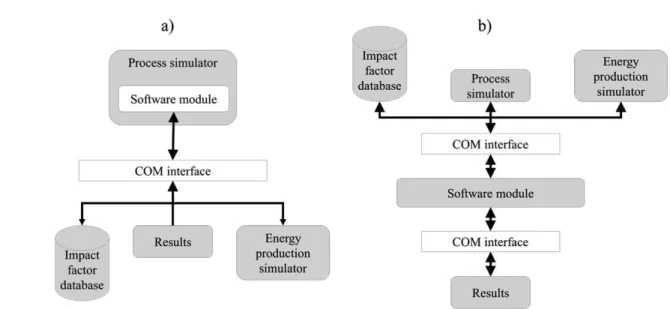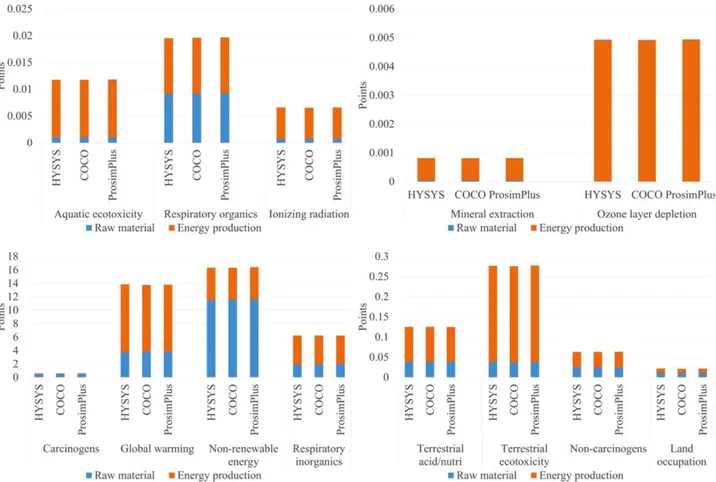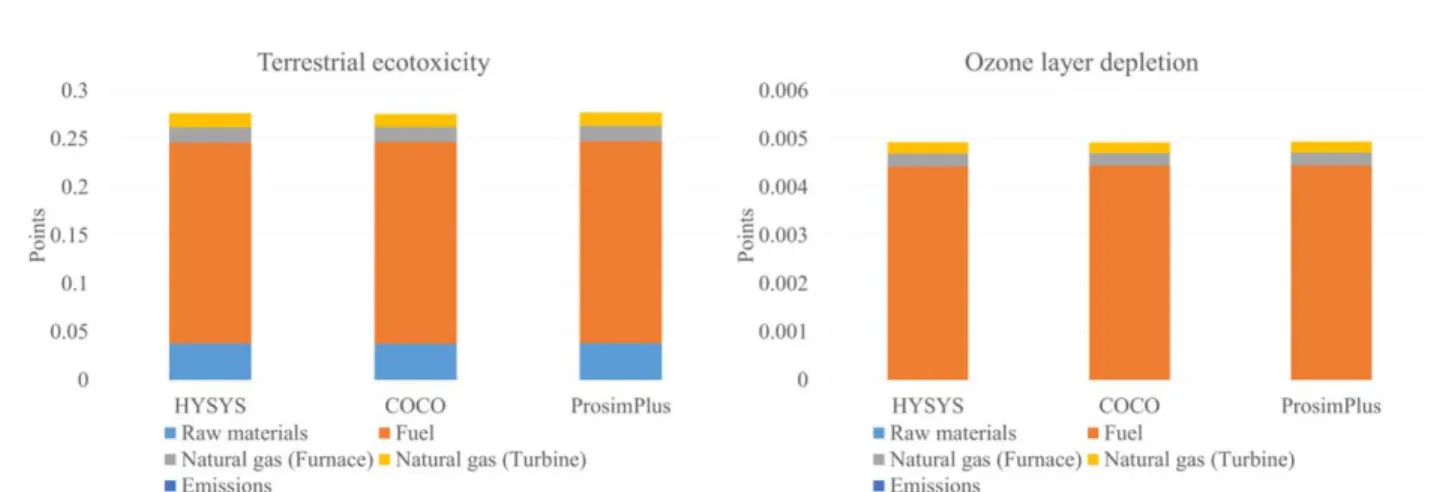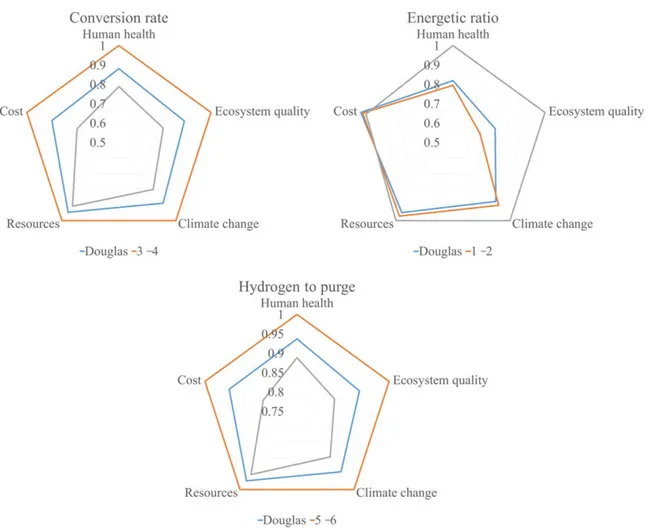Coupling life cycle assessment with process simulation for ecodesign of chemical processes
Texte intégral
Figure




Documents relatifs
The dynamic model simulates the production of slurry, its stock level in storage facilities, its transport and application to crop fields, as well as the
Il est plutôt difficile de répondre à cette question dans la mesure où l’auteur nous précise clairement dans le para texte que l’on retrouve dans la première page du roman
We consider a simulated fibre with defined geometrical characteristic and undefined optical char- acteristic using the training dataset and the classification pro- cedure; we
25 AOÛT 2015 CEA | 11 JUIN 2015 | PAGE 11 CONTEXTE ET OBJECTIFS Combustible usé Procédé PUREX recyclage U & Pu Raffinat PUREX: - Produits de fission Zr, Nd, Eu, Sm, Gd…
Le principal apport de ce travail est la dé nition d'une technique de transcription formelle d'un grafcet en une ma- chine de Mealy, permettant ainsi la génération automatique
The precision of the calculation of hi (also denoted h) is directly linked to the measurement accuracy of qfi'N and of temperatures (wall and liquid bulk
This indicates that the positive effect of light takes mainly place in the first stages of life (from germination to stem emergence and shoot development), but once stems emerged
Dans chacun d'eux, deux tiers des candidats sont affectés à un groupe de traitement (les futurs participants), un tiers au groupe de contrôle (ceux dont l'accès au programme





